Last week we took a closer look at leash aggression and discovered that 'aggression' isn't always aggression. This week we're dealing with another cause for many leash bullies: frustration. We describe how you can deal with this frustration in this article.

This is us – Reva & Me
We are Jessica, 35, a dog mom and Reva, 4, a Pyrenees dog from animal welfare. I'm a passionate dog mother and Reva has a head full of nonsense. So we are a perfect match for each other.
My heart has beaten for dogs since I was a child and with Reva I fulfilled my dream of having my own dog. For the second time to be more precise. My great passion is working with dogs from animal welfare, as injured dogs' souls particularly appeal to me.
On our account I report on small and large adventures that we experience together. We reminisce about my late dog and show our everyday lives openly and honestly. With all our quirks and mistakes, as these are normal and no human-dog team is free from them.

The linen frustration
My personal experience with leash frustration
When Reva moved in, I was hopeful that I would be able to avoid the issue of leash aggression. She showed an open nature, no fears when it came to strange dogs and dog encounters were possible in every situation.
What to do if the trainer doesn't recognize the frustration?
As soon as Reva noticed dogs, she stood on her hind paws and stretched out. The dogs didn't even have to be visible, the smell was enough. She also wanted to be with the other dogs. This behavior made me suspicious from the start. But a dog trainer I knew dismissed these behaviors as 'typical of puppies and completely normal'.
Shortly afterwards, wild screaming and shouting began. She took after the dogs and her endurance was remarkable. I paid no attention to this behavior, no matter how embarrassed I was, I ignored it. And indeed, with the onset of the first puberty it disappeared.

New behavior begins with puberty
At the beginning of the second puberty, a new behavior began. Now the wild barking began, jumping on the leash as soon as dogs were visible. Since I was still familiar with the topic of leash aggression from my old dog, I assumed it was leash aggression. However, I didn't know anything else.
I searched the internet, spoke to well-known trainers and tried to implement tips. Unfortunately, nothing suited us and the problem remained and even worsened. I asked a friend to accompany us and record the behavior on video.
I calmly analyzed Reva's behavior at home and was surprised to see NO leash aggression. No, on the contrary, because Reva has leash frustration.

General information about frustration on a leash
Many people are unfamiliar with the topic of leash frustration and automatically assume aggression on the leash. No wonder, after all the behavior the dog shows is often similar. Frustration on the leash also arises from too many stimuli that the dog stores as negative.
Leinenfrust explains using an example
For better clarity, let's take another 'walk'. We go for a walk with our dog. Here we see another dog, which is walking in the same direction at a distance.
This time our dog stands on his hind legs, stands tall and takes in the smell. He then begins to jump wildly forward. Maybe your four-legged friend starts barking wildly after the dog, but in a playful tone. You immediately realize that your woofy can't control his impulses. He is immediately frustrated, hence the barking and whining.
Now we change our 'walk' and the strange dog comes towards us head-on. Here our dog will lie down briefly to fix himself and jump forward in a play position, or accept the play request. If they are both at the same height, your four-legged friend tries to get in touch, there is a lot of tugging and barking. This time you hear a real frustration in the tone.

Does only impulse control help with frustration?
Now many people think that a dog that has learned impulse control at an early age and does not know contact with a leash is not a candidate for this and that the people themselves are to blame for their frustration on the leash. And here I can clearly say NO, it's not that easy.
Even if you work on impulse control with your puppy and are consistent with leash contact, it can still happen. For example, sensitive dogs are often affected because impulse control is of little help to them. Their sensitivity to stimuli is many times higher than that of “normally sensitive” dogs.
Here the causes can be found individually. Some people may have often let their dog play with other dogs using a drag leash or a normal leash. The other never worked on impulse control. A shocking number of dog owners have no idea that they can work on impulse control.
Other dogs don't have clear boundaries and were allowed to go to any dog, whether on a leash or off-leash. And then there are the dogs who are forced to say hello on a leash by their humans.
Take a close look at your dog's behavior
Every dog's behavior must be viewed individually in order to find a suitable solution. Changing the side of the street is often pointless. Because your dog can already smell the other four-legged friend and react to it. There are even dogs that react to the jingling of dog tags on their collar or harness.
It is therefore very important to observe the dog in order to be able to implement the solution in the right situation. Because timing is everything here.

Conclusion: Linen frustration quickly explained
1. Watch your dog's behavior closely
Just because your dog barks and jumps on the leash when a dog approaches does not mean he is an aggressive dog. Rather, you should take a close look at your dog's behavior and try to establish everyday behavior.
Is your dog currently using body language to request play? Or is his tone just as easily frustrated at home? Does your dog seem insecure or rather animating?
2. How well does impulse control work?
Does my dog even know impulse control? How does he cope with frustration? There are so many great exercises and games you can do to test this and, if necessary, promote it. Was I giving my dog too much contact with the leash, causing him to associate it with playing?
3. When does your dog show frustration?
How does my dog react to boundaries and correction? This does not mean harsh physical correction, but rather, for example, an interruption in dog play? Does he get frustrated easily? Does he get feverish quickly or is he looking for an alternative to relieve the stress that is emerging?
4. Work with a trainer or alone on a solution
Every professional trainer should support you on your individual path. No one-size-fits-all solution is appropriate here. Every team is different and needs to be advised in the same way.
You can also get support online and work on your problem together with your dog. There are of course many books and seminars on this topic. Find the best solution for you.

Leash aggression vs. leash frustration - what can a solution look like?
Two different topics and the same solution approach – there is strength in calm
If we know that these two “misbehaviors” have two different backgrounds, they still have a lot in common: a person who is usually overwhelmed by this behavior.
Now the internet is full of many different training methods, every dog trainer seems to have the perfect solution. My experience showed me that this is not true. Dog trainers can be wrong and the most perfect method is useless if the basic problem is not solved: people!!
How do you have to change so that your dog shows fewer reactions to stimuli
First of all, people have to learn to keep calm!! If people start the walk calmly and relaxed, without thinking about potentially disturbing or stressful dog encounters, we have a much better starting point. The human transfers his inner peace to the dog and radiates much more trust and self-assurance.
The dog realizes that he can rely on his human. At the same time, he does not have to reckon with situations that he has to clarify himself. If another dog shows up, all you have to do is stay calm and implement the solution that you have trained with a trainer or yourself.
What this solution approach looks like is individual and cannot be generalized.

Which solution helped us?
The “click for glance” method provided the solution for me and Reva. I walk with my clicker in hand and the leash loose in the other hand. Reva learned that for every eye contact there is a click. If I see a dog running far ahead, I stop and let Reva pick up the scent. Then I wait for eye contact.
I do nothing. I stay calm and don't tighten the leash. I wait for the look and confirm it with the click. If I see that she is having a harder time staying calm one day, she gets a really great treat.
If the dog meets us head-on, I click as soon as Reva sees the dog and remains calm. Depending on the distance, I wait for eye contact and click again. Then I take Reva, who is walking to the side on the leash to my right. I place her between my legs and turn her to face away from the oncoming stimulus.
She looks in a completely different direction. I put the leash on the floor and let go of it completely. My right hand rests on her breastbone as this is a calming point in the dog. My left hand is on her harness so I can hold her in an emergency.
I stay calm, relaxed and don't talk to her. Then I wait until the dog has passed us. As soon as Reva smells the dog and remains calm, I give her the click. When the dog passes, we continue walking quietly and without speaking. If she looks at me and doesn't look after the dog there is another click and treat.

Our way to a relaxed leash
This is our solution. I know that it is often used for leash aggression and is supposed to help. But it took almost a year to get to where we are now. For us, that means being consistent with every walk, even a mini-round, and having the clicker with you.
As I said, every dog needs its own individual solution. There's no point in scouring the internet, trying everything briefly and hoping for a miracle. This increases your own frustration and causes you to lose trust in your dog and walking becomes a nightmare.
Finally, I would like to briefly mention that any wrongdoing, no matter how entrenched, can be broken. You shouldn't be ashamed to seek help or ask for advice. Especially in these situations you can improve a lot and a personal trainer brings more than just any videos.
While it helps some, it can also destroy a lot because these videos never show all the details. Likewise, TV shows about dog training often only show small excerpts, never the basic problem that needs to be solved.
If you find yourself in a situation like this: believe in your great dog-human team, because such construction sites are part of it and will allow you to grow into something incredibly great.
Have courage and break the circle, you will see that the work, no matter how long it takes, will be worth it!!

What experiences have you had with leash aggression or frustration? Do you perhaps also have a linen Rambo at home? Which solution worked for you?
Please tell us about your experiences and help other dog people not feel alone.

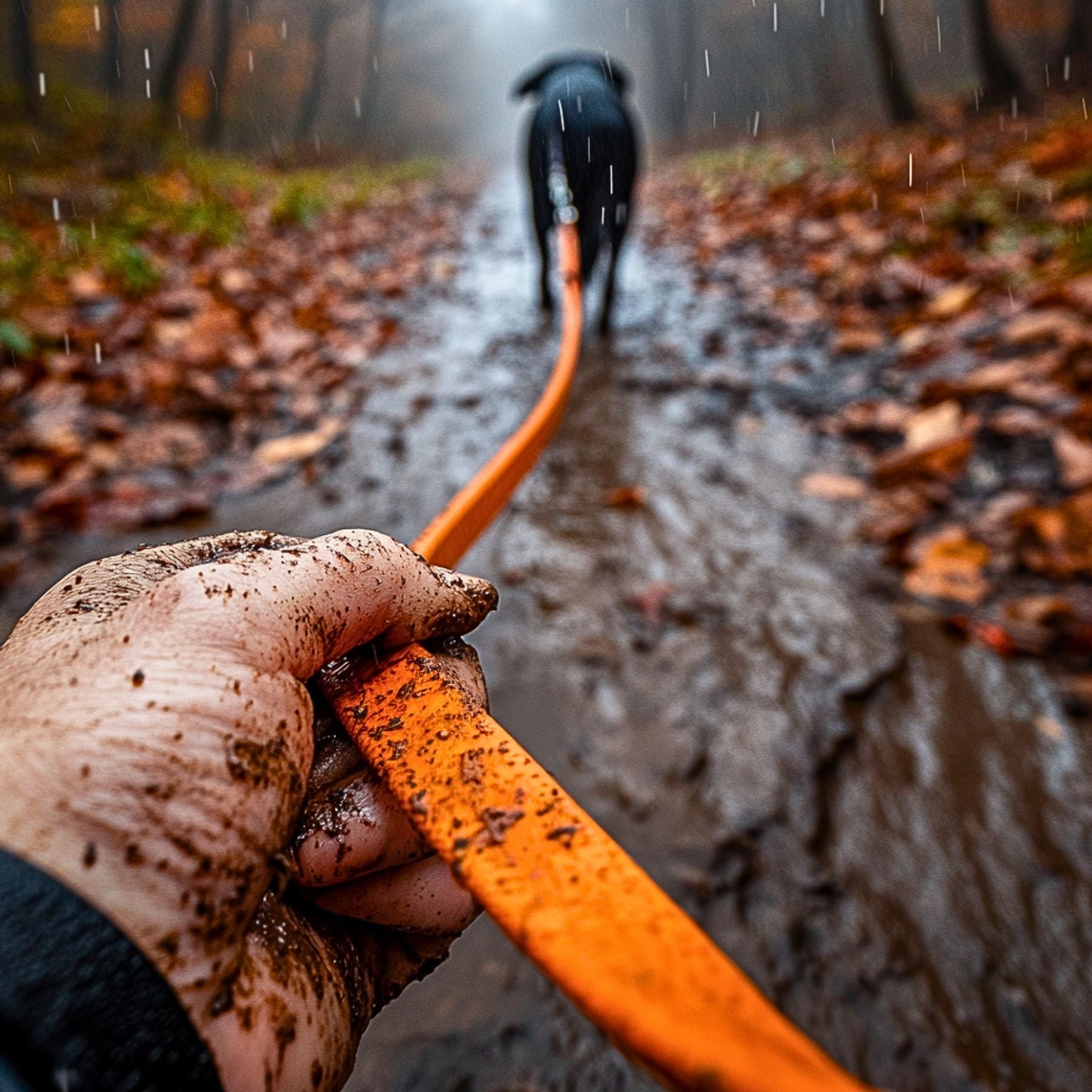
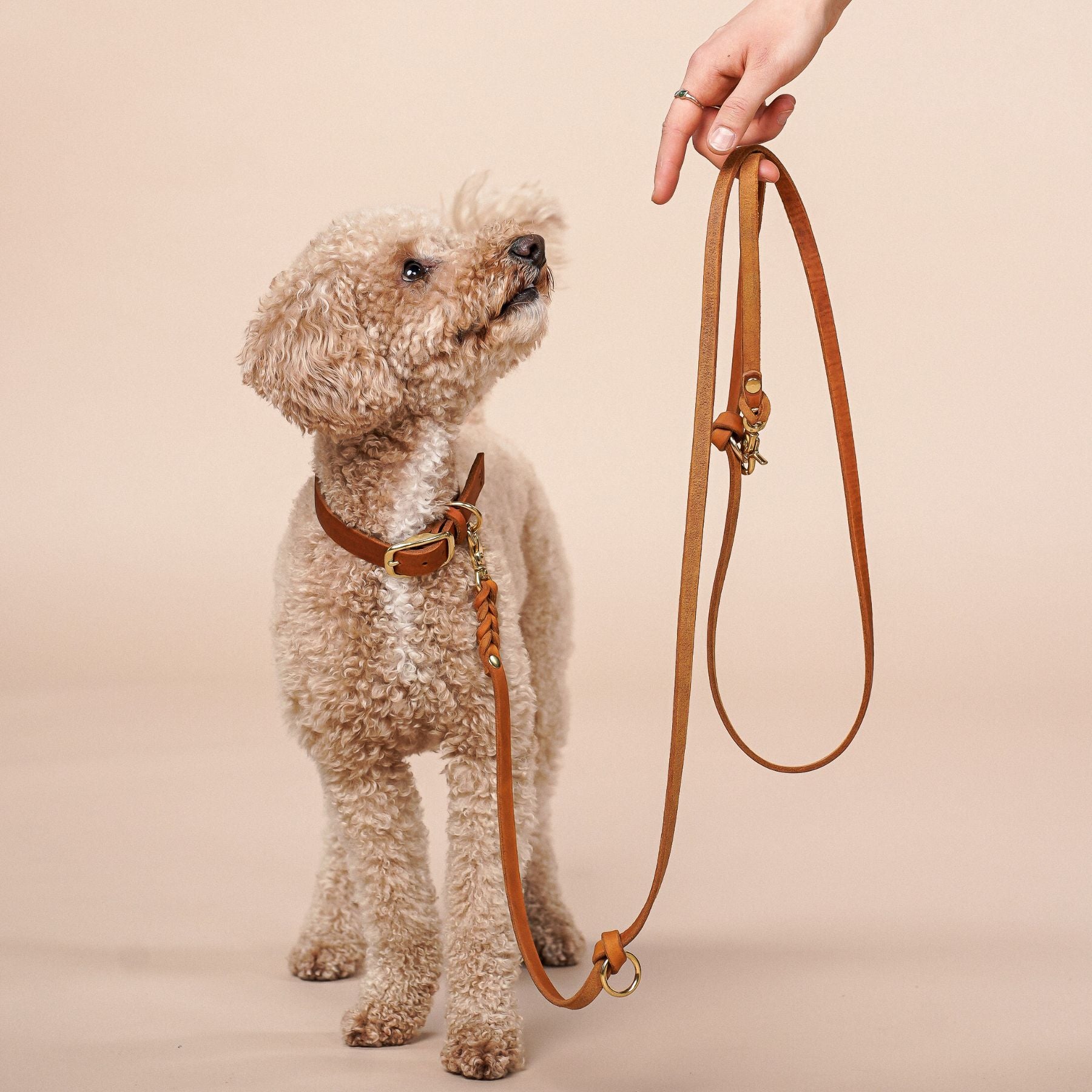
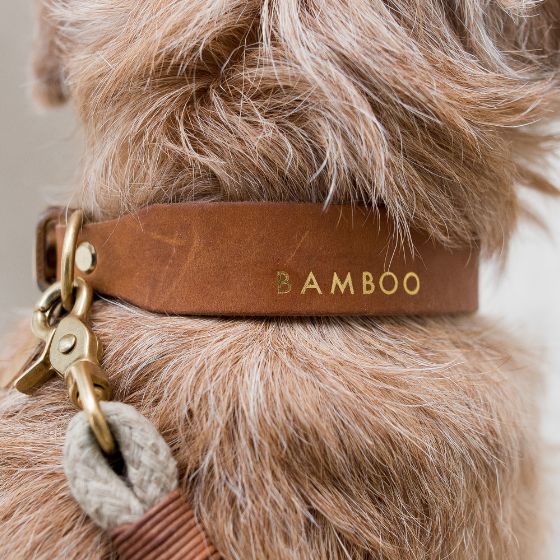
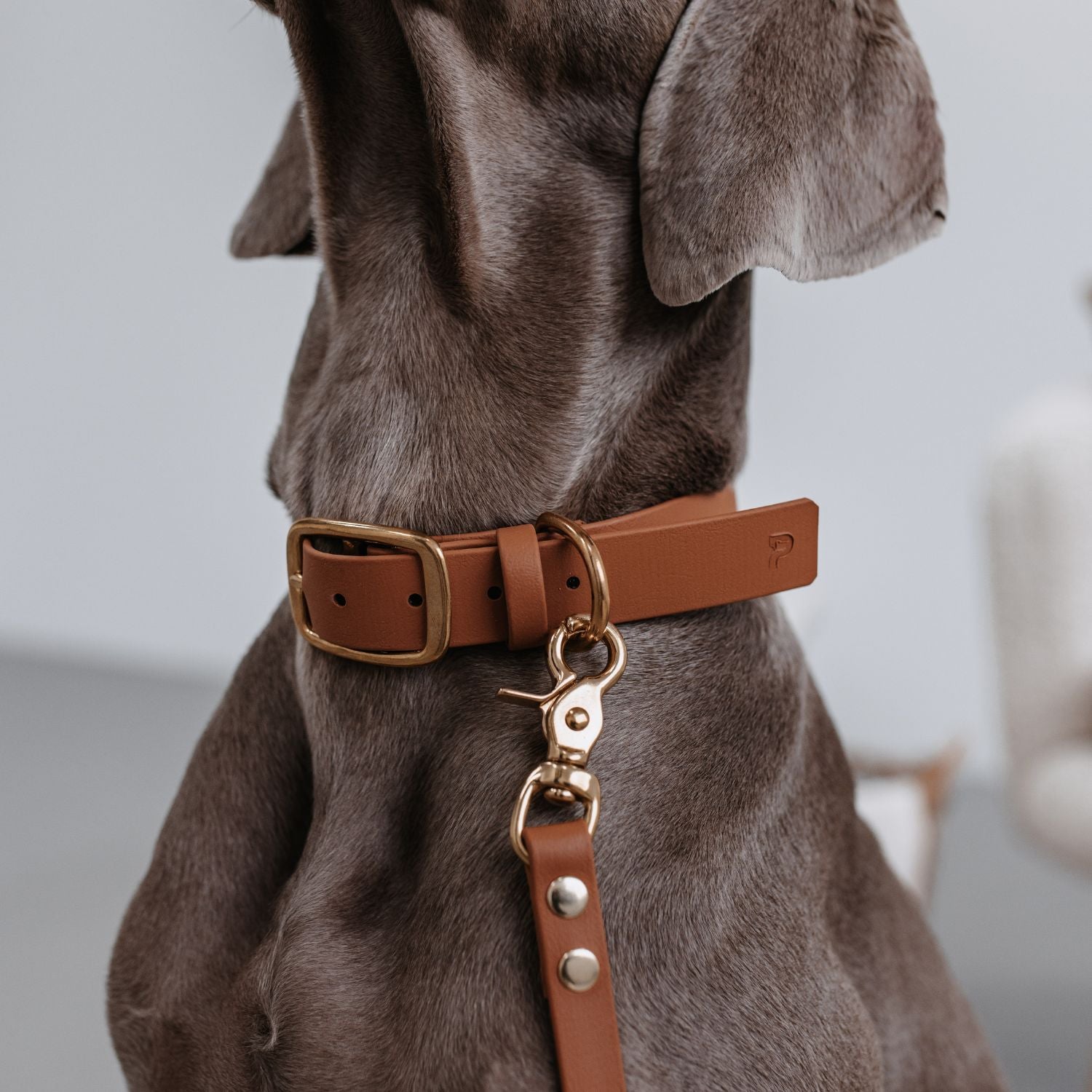
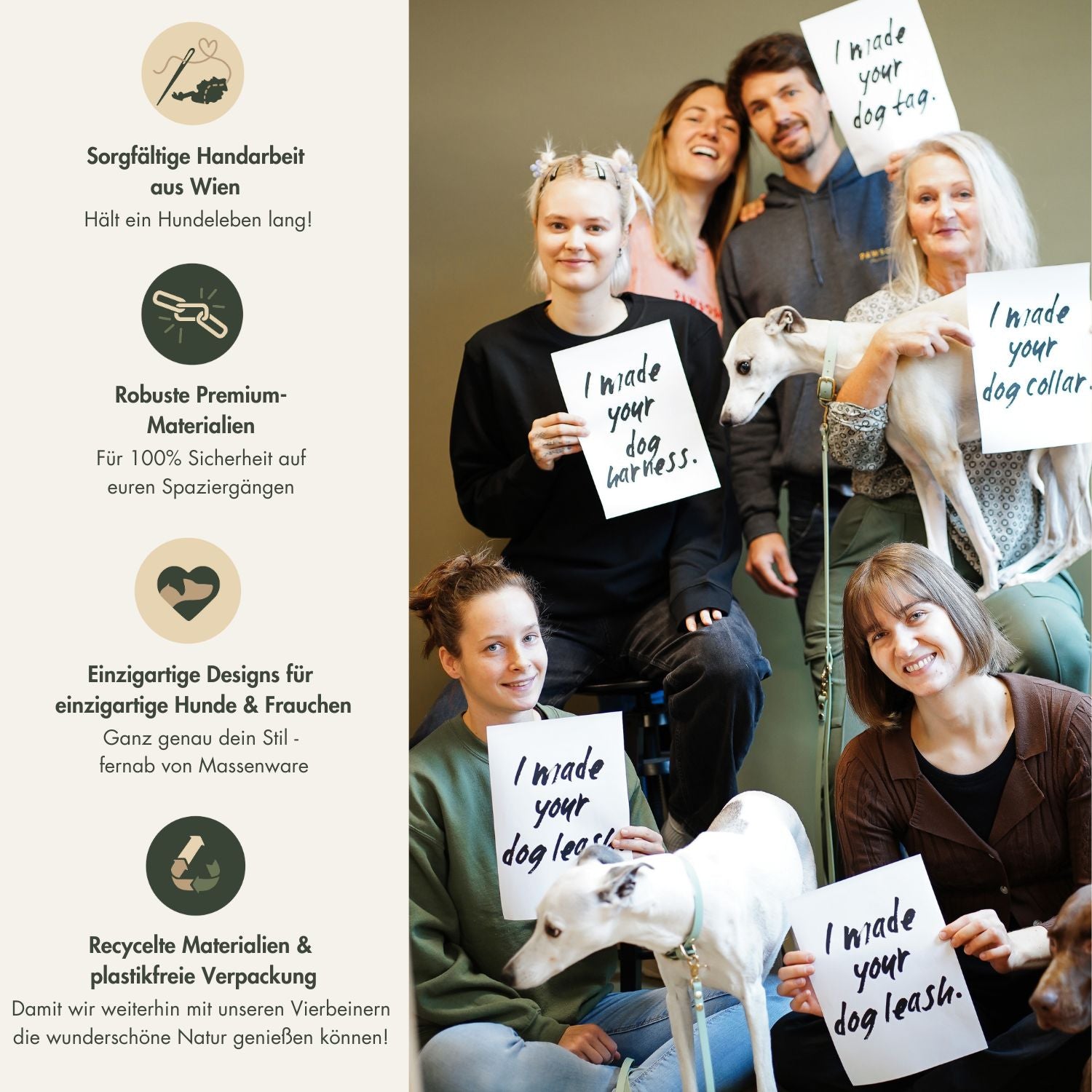
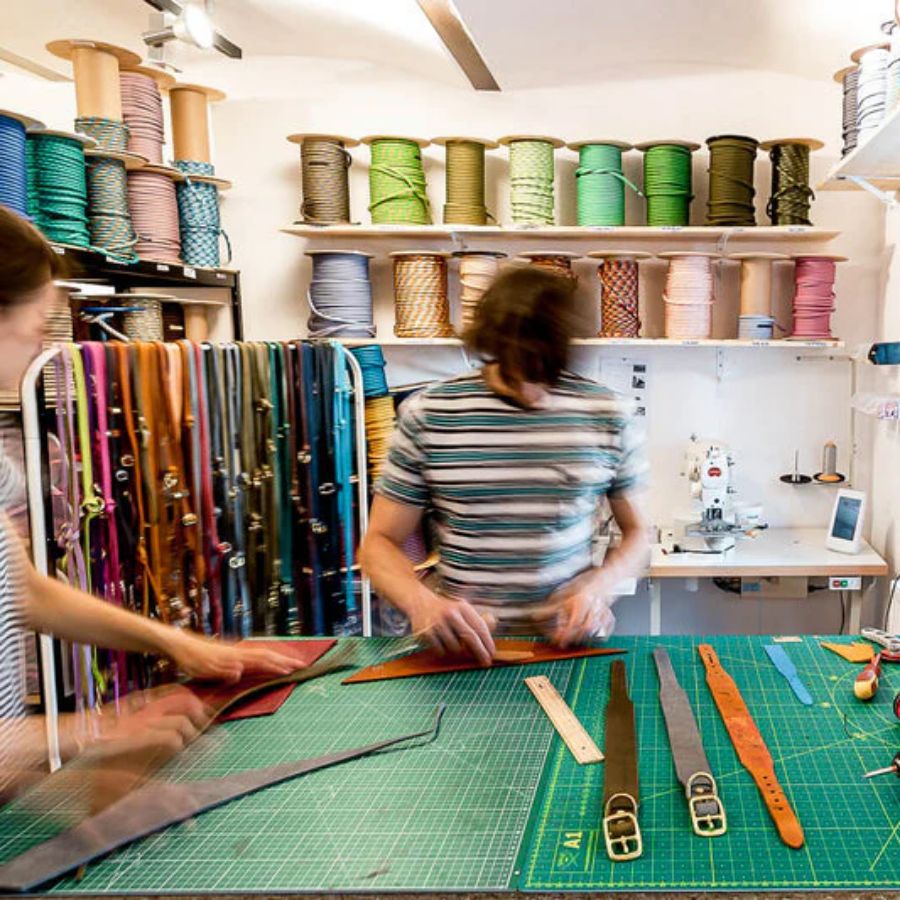
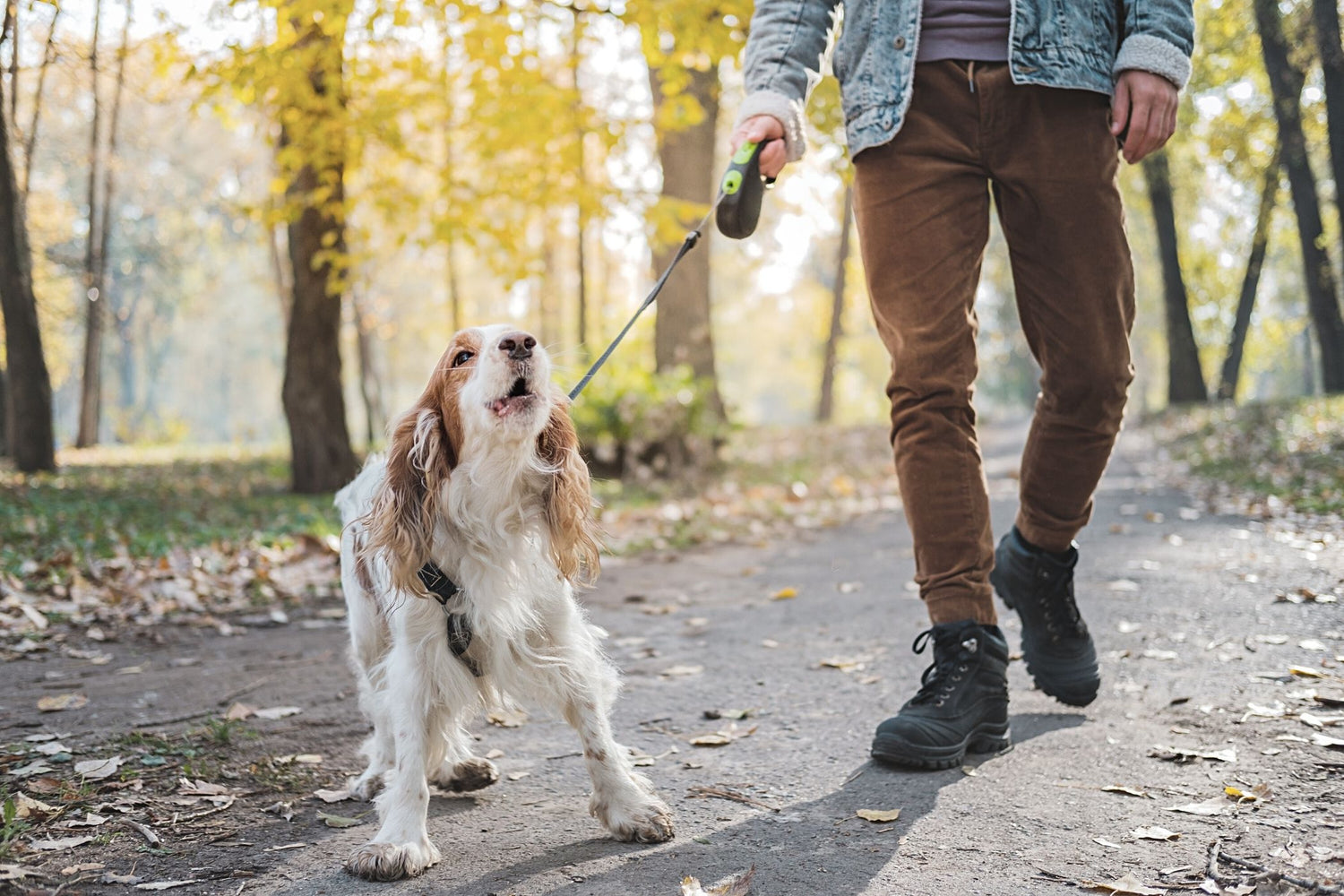
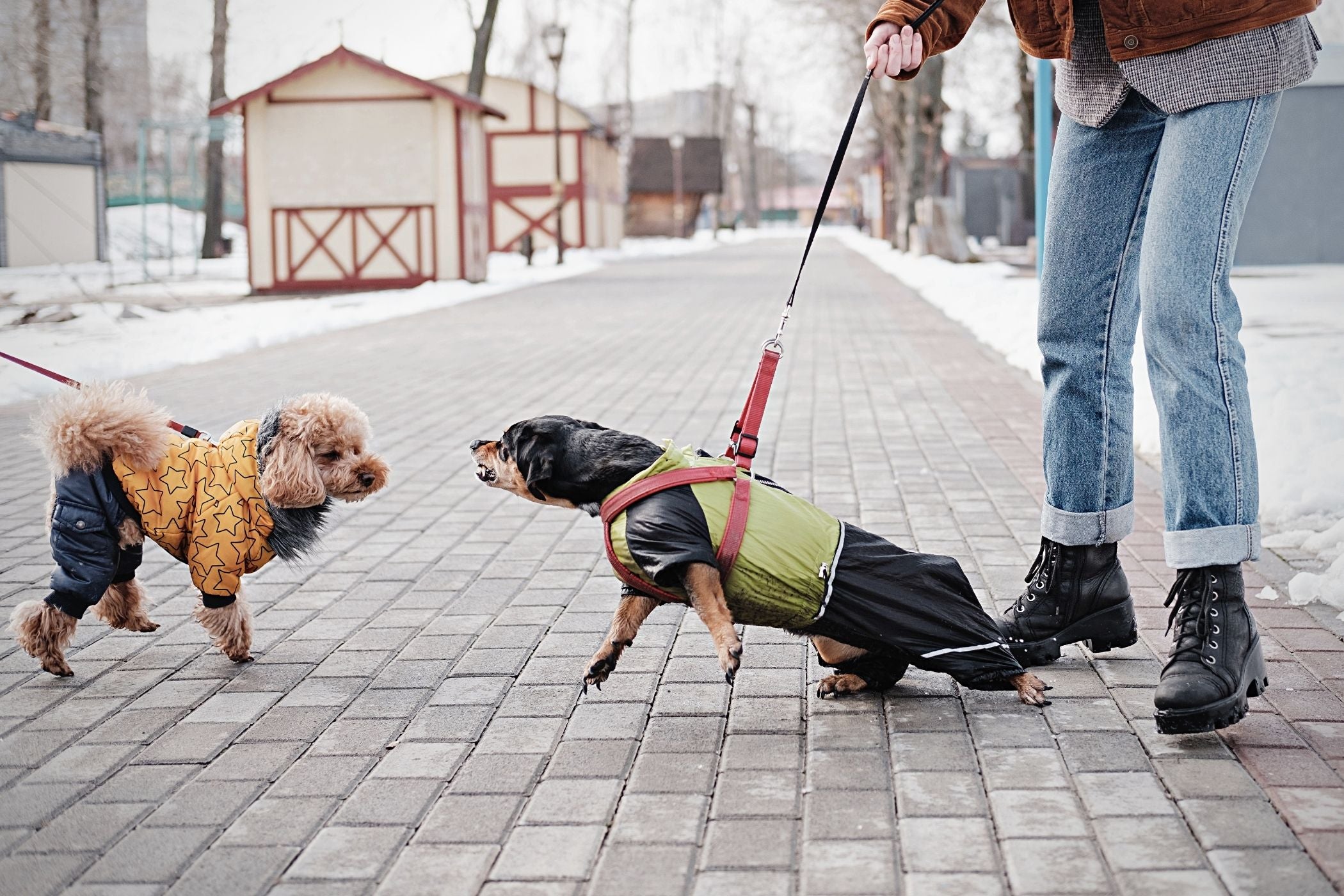

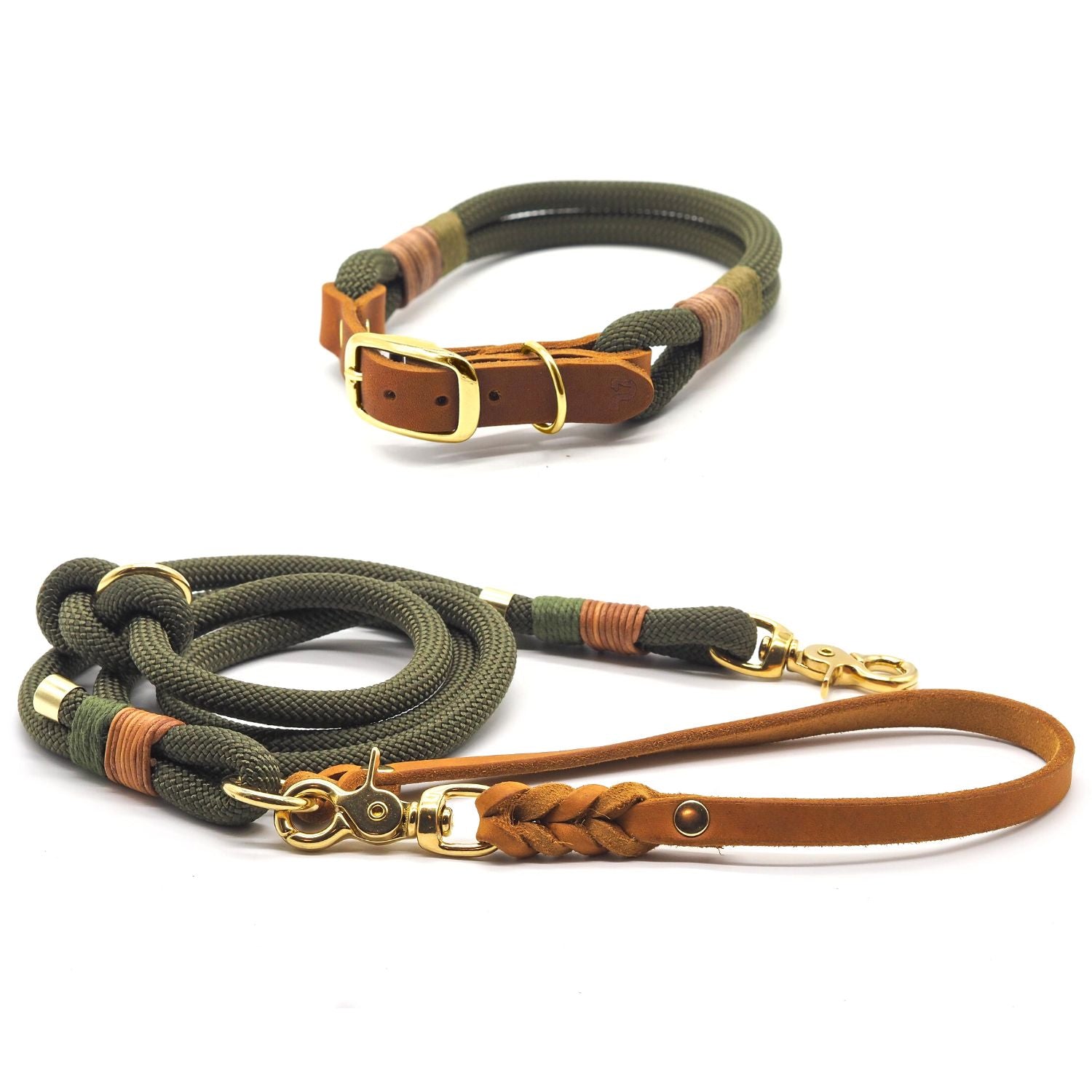

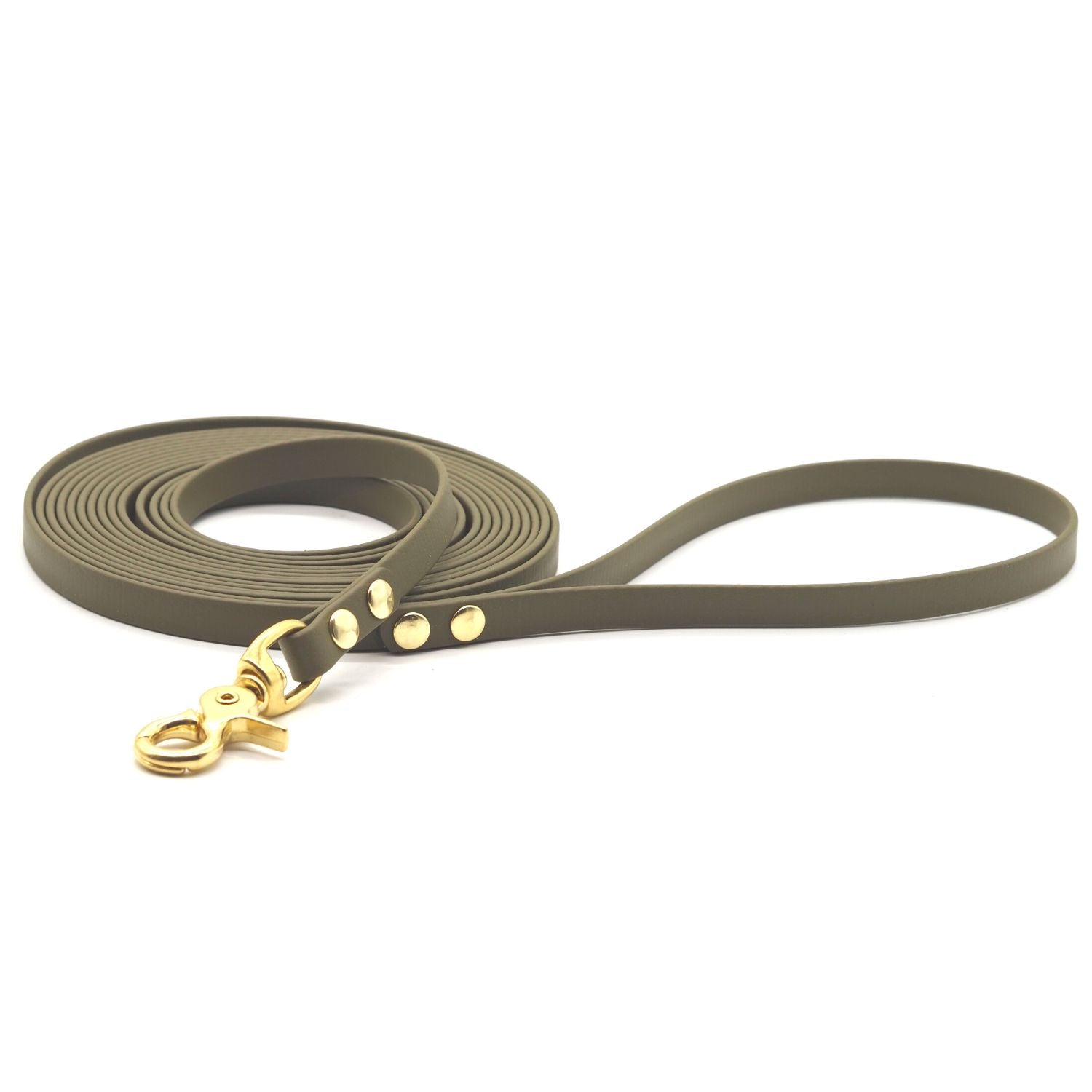
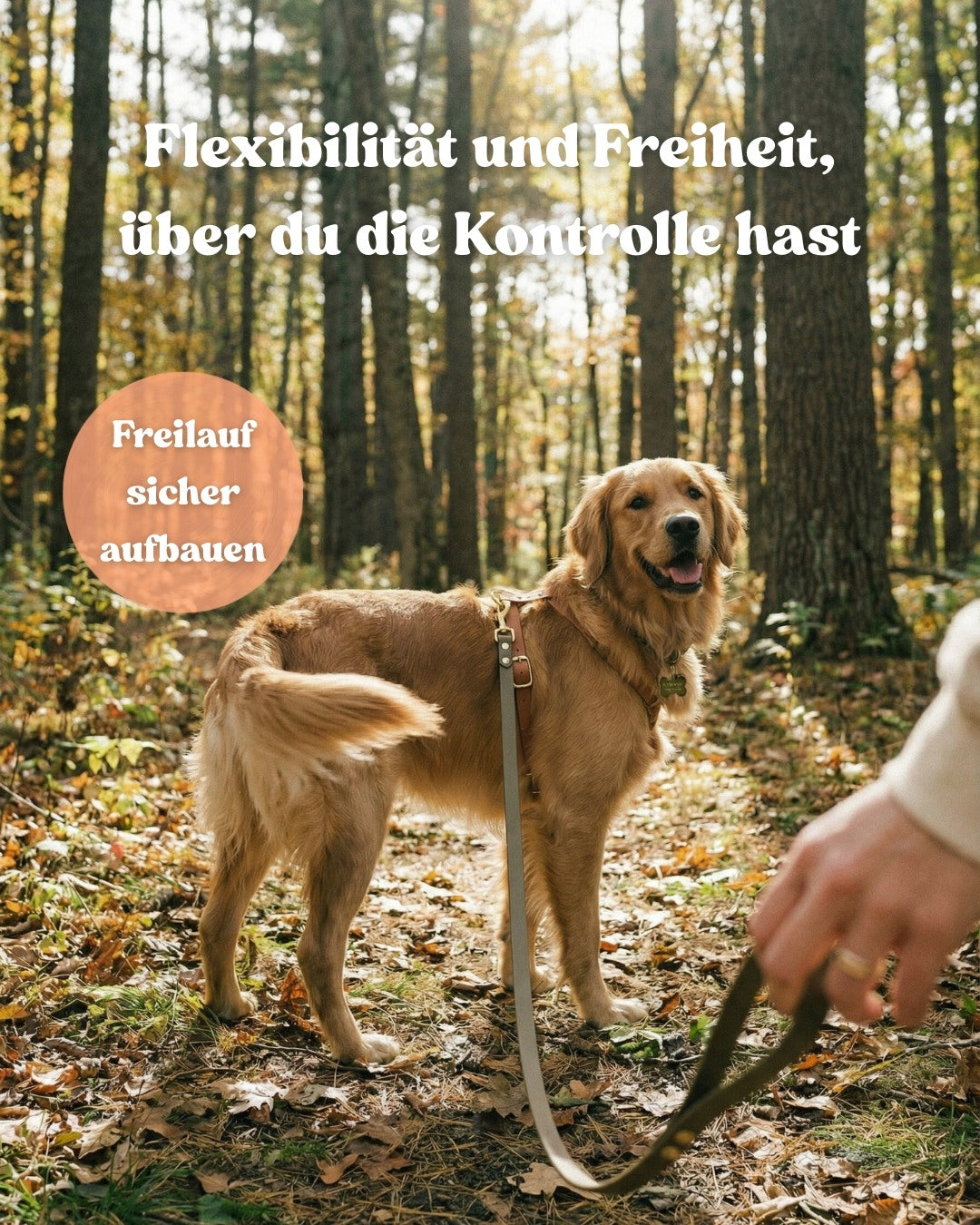
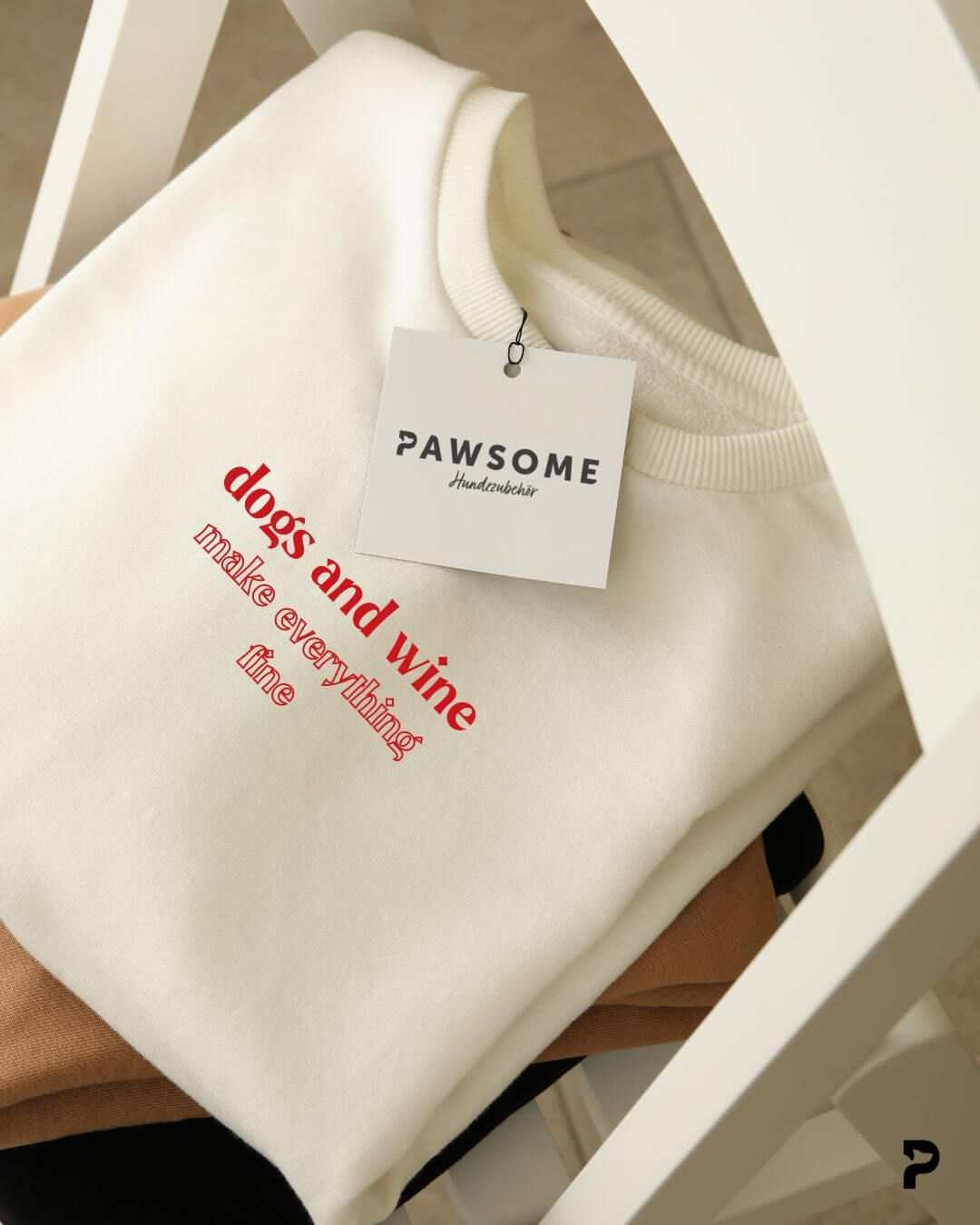

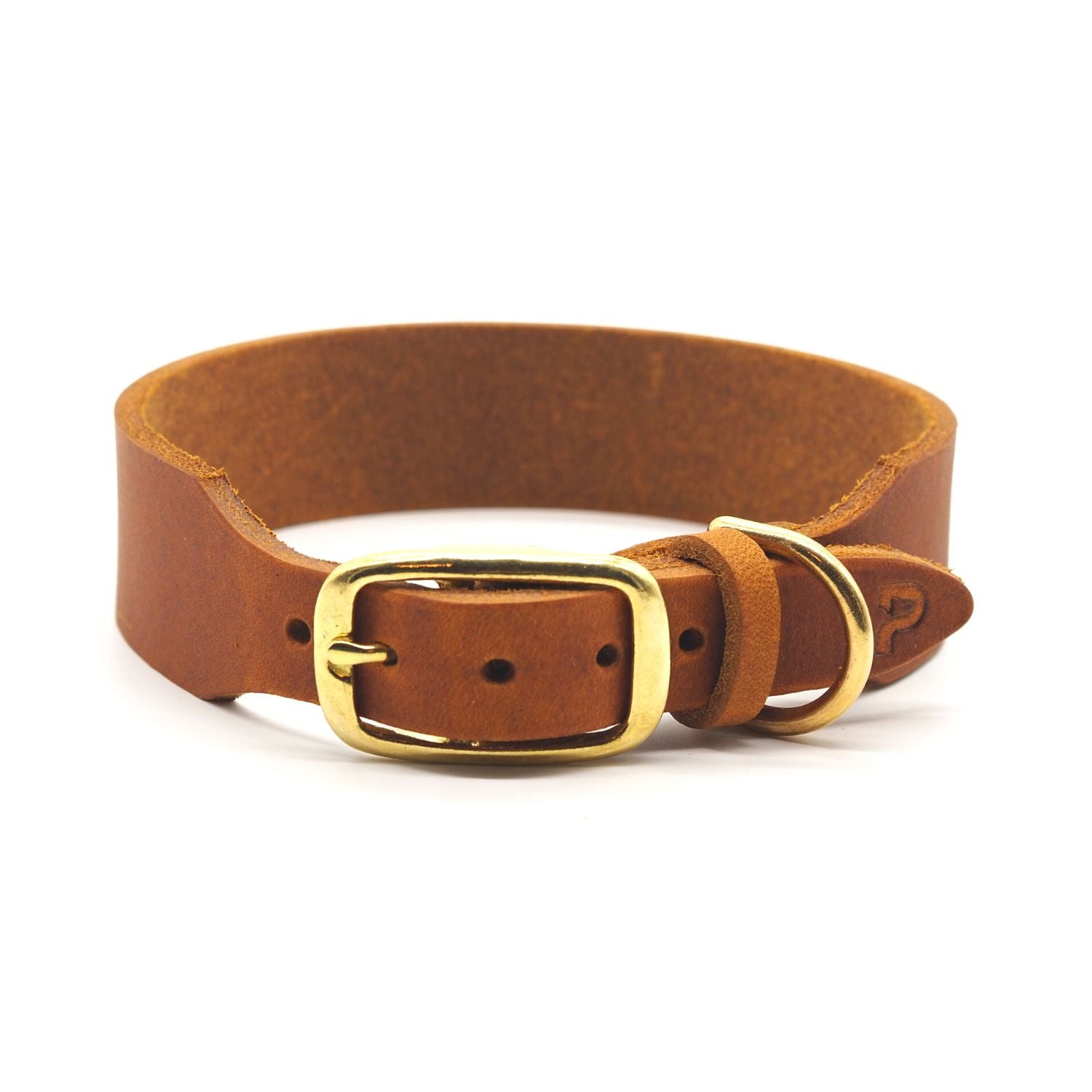
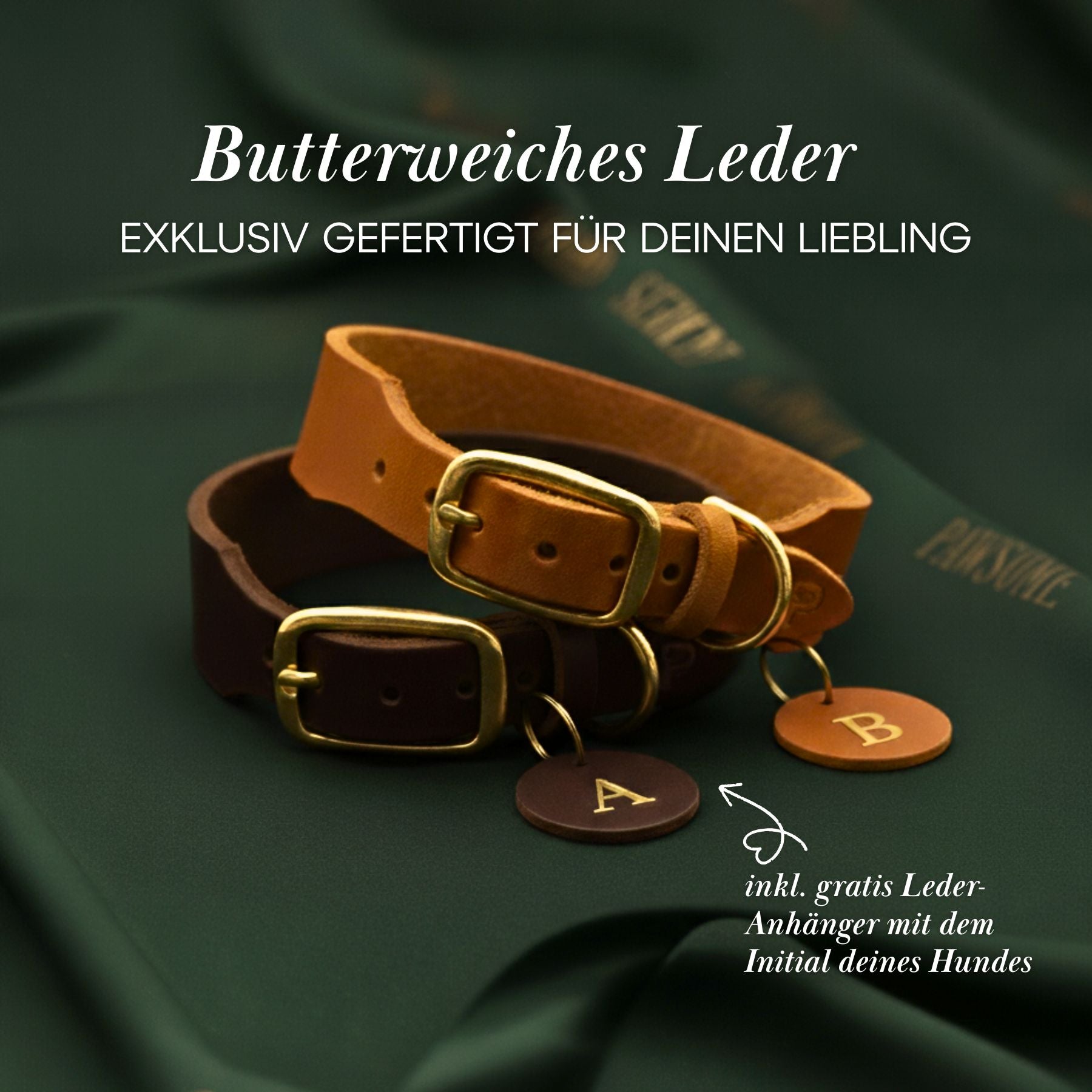
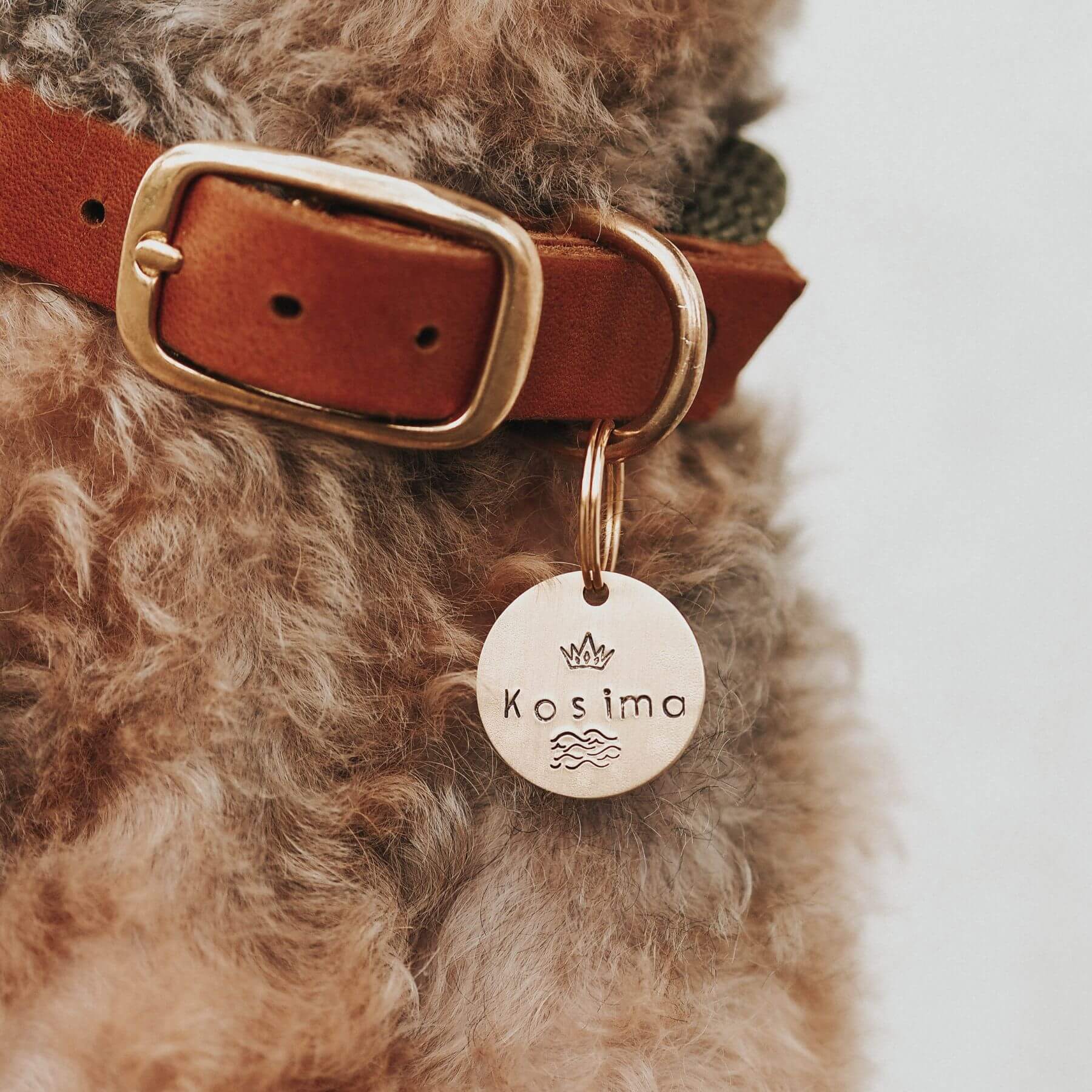
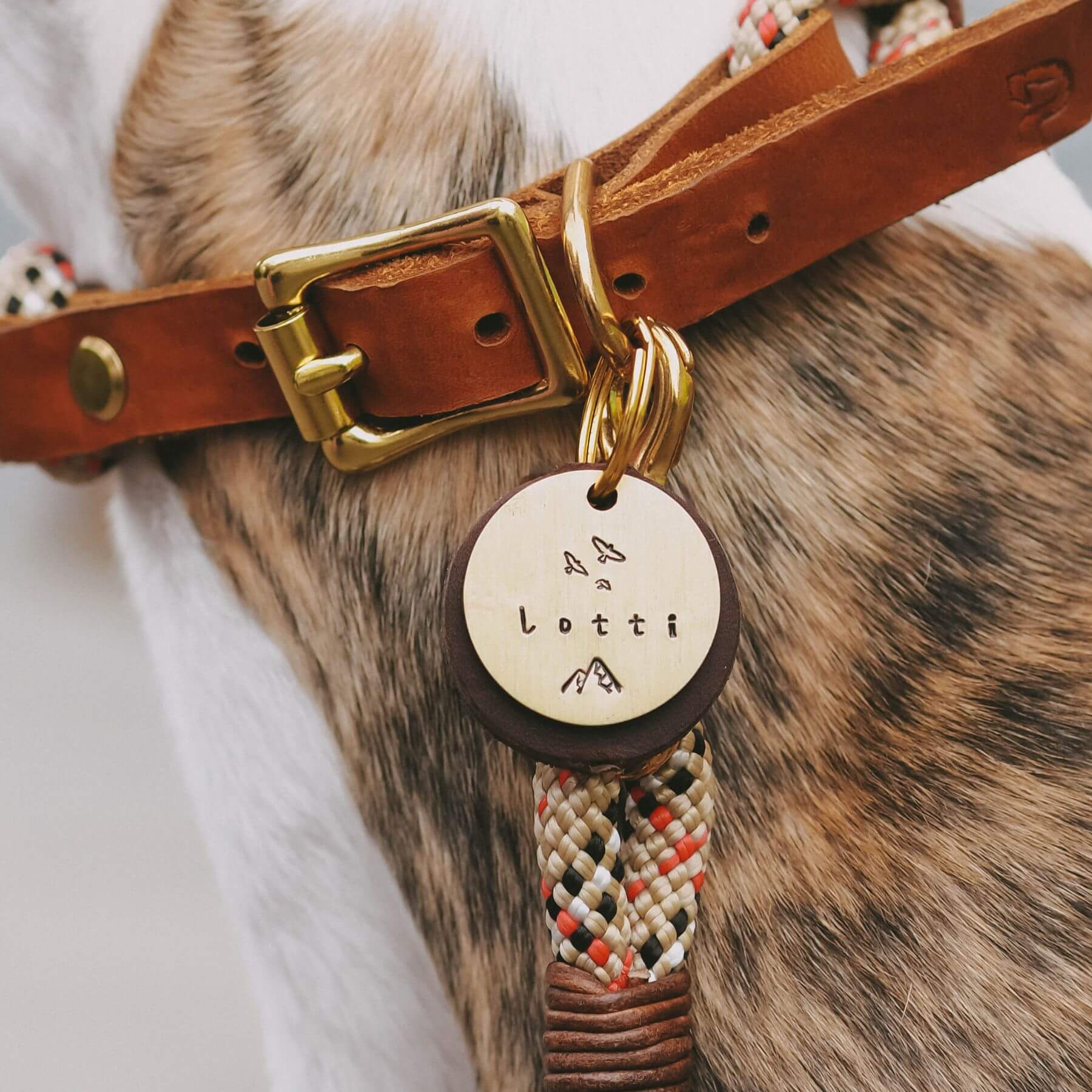




Leave a comment
All comments are moderated before being published.
This site is protected by hCaptcha and the hCaptcha Privacy Policy and Terms of Service apply.